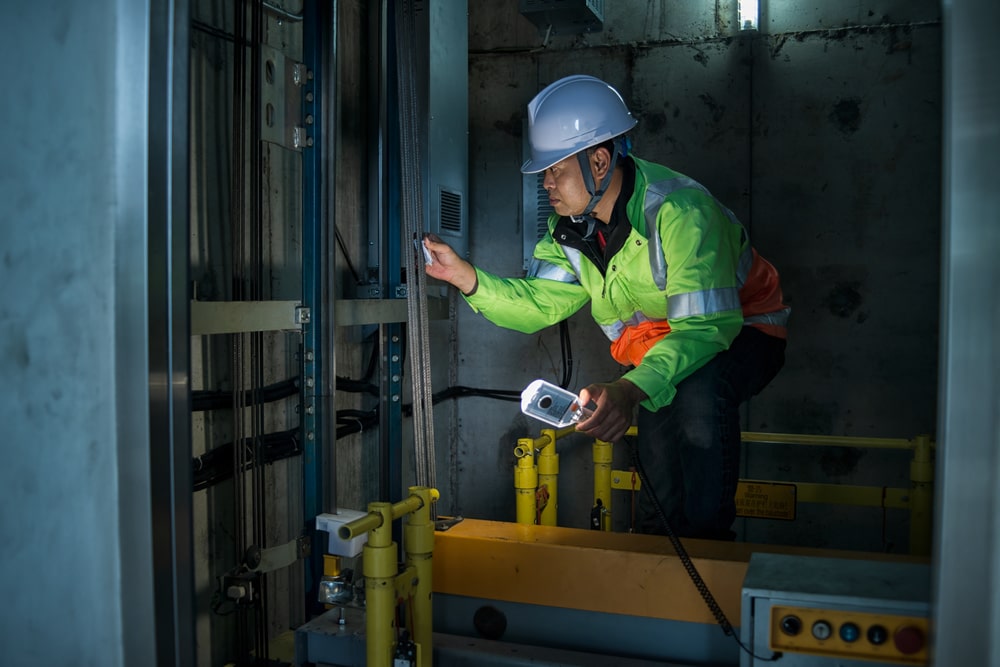In San Diego, the safety and reliability of elevators are paramount, and building owners have a legal responsibility to adhere to specific elevator maintenance regulations. Understanding these regulations is essential for property owners to ensure the safety and compliance of their elevators. In this blog, we’ll explore what San Diego building owners need to know about elevator maintenance regulations.
1. Compliance with California Elevator Safety Orders
Elevators in San Diego must adhere to California Elevator Safety Orders (Cal. Code Regs., Title 8, §3010). These regulations cover every aspect of elevator operation, from design and installation to maintenance and repair. Building owners are responsible for ensuring their elevators comply with these orders.
2. Regular Inspections
California elevator regulations require regular inspections performed by state-certified inspectors. These inspections must occur annually for most elevators and semi-annually for elevators with a history of violations. Building owners must schedule and cooperate with these inspections.
3. Posting Inspection Certificates
Building owners are required to post inspection certificates in a conspicuous location within the elevator or in a location visible from the nearest elevator landing. This informs passengers that the elevator is in compliance with state safety orders.
4. Immediate Response to Safety Hazards
Building owners are responsible for addressing safety hazards promptly. If an inspector identifies a hazard during an inspection, it must be corrected within the time frame specified by the inspector. Failure to address hazards can result in fines and penalties.
5. Maintaining Maintenance Records
Building owners must maintain maintenance records for their elevators, including records of inspections, maintenance, and repairs. These records should be readily available for inspection by state-certified elevator inspectors and authorities.
6. Passenger Communication Systems
Elevator regulations require that elevators in San Diego be equipped with an emergency communication system that allows passengers to contact someone in the event of an emergency. Building owners are responsible for ensuring these systems are in working order.
7. Elevator Modernization
Outdated elevators may require modernization to meet safety standards and regulations. Building owners should be aware of when these upgrades are necessary and budget for them accordingly.
8. Accessibility Compliance
In addition to safety regulations, building owners should be aware of accessibility regulations, particularly for elevators in public buildings. Compliance with the Americans with Disabilities Act (ADA) ensures that elevators are accessible to all individuals, including those with disabilities.
9. Penalties for Non-Compliance
Non-compliance with elevator safety orders can result in penalties, fines, and even elevator shutdowns. Building owners should take regulations seriously to avoid legal consequences and, more importantly, to ensure the safety of elevator passengers.
Understanding and adhering to San Diego’s elevator maintenance regulations is a fundamental responsibility for building owners. Compliance ensures the safety and reliability of elevators and avoids potential legal issues. Staying informed about current regulations and working with certified technicians are key steps in meeting these obligations.

